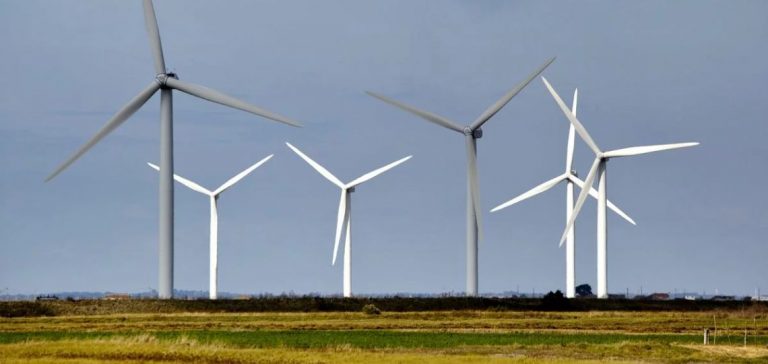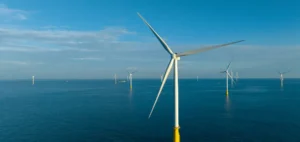Spain aims to double its installed wind energy capacity from 31 GW to 62 GW by 2030. However, the country faces many obstacles that could jeopardize this ambitious target. In 2023, only 607 MW were added, and projections for 2024 indicate a growth of approximately 1 GW, a pace far below the level needed to meet government targets.
Administrative delays and local opposition
Wind farm projects in Spain are slowed down by lengthy and complex administrative procedures. Between 2020 and 2022, the average time for obtaining permits increased significantly, creating a bottleneck that blocked several projects. Developers face administrative hurdles that delay the start of work for several years, impacting the expansion of installed capacity.
In parallel, regions like Galicia have seen growing opposition from local populations. These resistances are primarily driven by environmental and landscape concerns. Although these oppositions remain localized, they complicate the implementation of new infrastructures, especially in regions with high wind potential.
Impact of declining electricity demand
In 2022 and 2023, electricity demand in Spain decreased, putting pressure on electricity prices and increasing uncertainty about the returns on investments in new capacity. This situation is concerning because it reduces the profitability of wind projects, discouraging investors from committing to new developments.
Initiatives to revive wind development
In March 2024, the Spanish government and the Spanish Wind Energy Association (AEE) signed the “Spanish Wind Charter” at the annual WindEurope event in Bilbao. This charter identifies six strategic actions to support the wind sector and unblock pending projects:
1. Improve visibility and planning in the sector.
2. Optimize auctions by introducing criteria not solely based on price.
3. Coordinate efforts among wind energy stakeholders.
4. Promote long-term agreements to strengthen regulatory stability.
5. Monitor international trade practices to protect the market from unfair competition.
6. Strengthen Spain’s wind equipment manufacturing capacity to reduce dependence on imports.
Economic weight of the wind sector in Spain
Wind energy represents about 0.5% of Spain’s GDP, or nearly 6 billion euros per year. The sector employs over 40,000 skilled workers and places Spain as the fifth-largest exporter of wind technology worldwide. With exports reaching 2.5 billion euros per year, Spain positions itself among the world’s leading players in this industry. Furthermore, the country ranks sixth globally for wind energy patents, illustrating its capacity for innovation in this field.
Outlook and needs to meet the targets
To reach the 62 GW target by 2030, Spain must increase its deployment rate fivefold, from about 1 GW added per year to nearly 5 GW per year. The project pipeline under construction is around 40 GW, but their realization will depend on a significant improvement in the regulatory framework and increased investment in existing projects. Additionally, the development of offshore wind, currently underexploited in Spain, could play a key role in complementing onshore deployment, reducing pressure on land-based projects, and meeting growing electricity production needs.





















